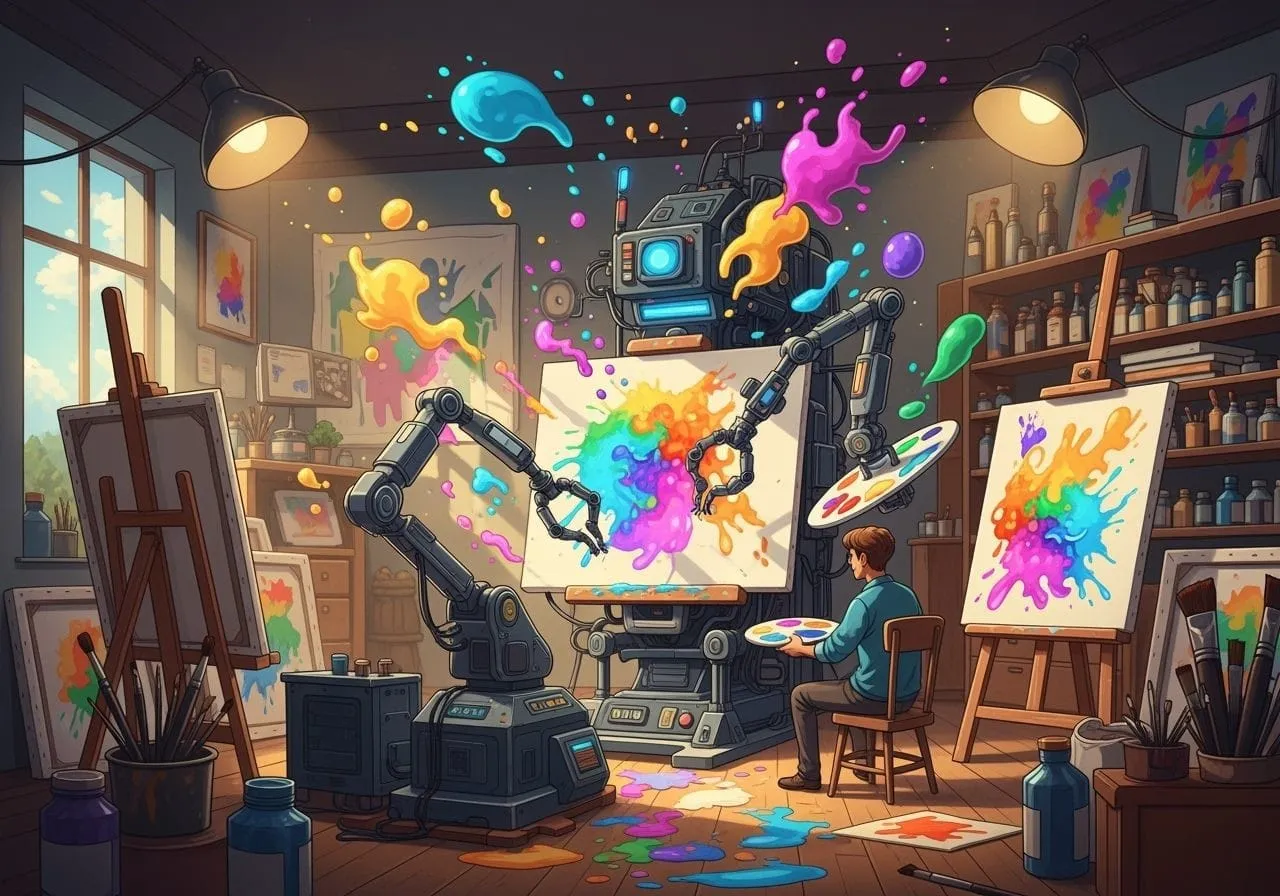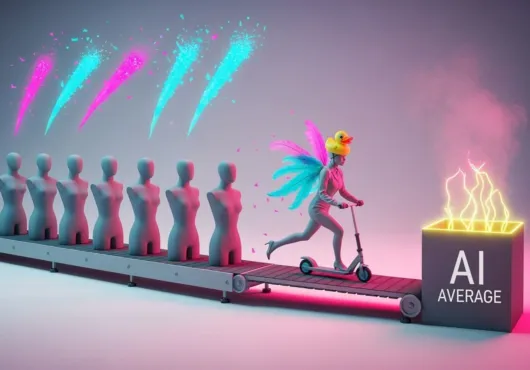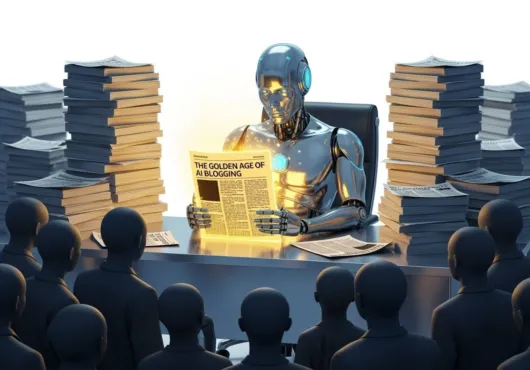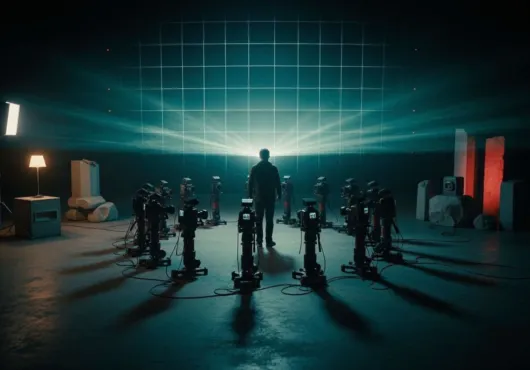Let’s cut the fluff—AI art is here, and it’s not going anywhere. But while the tech world champions algorithms that can generate anything from surreal portraits to hyper-realistic landscapes, let’s talk about what it really means for the industry. Sure, AI can make a pretty picture, but how does it fit into the business of art? Where does it leave the artists struggling to get their work seen and bought in a saturated market? And more importantly—can the art world make money off a bunch of generated images?
Like What You Read? Dive Deeper Into AI’s Real Impact.
Keep Reading- AI can’t replicate the value of human experience in art.
- The art market thrives on rarity, not mass production.
- Real art’s power comes from imperfection, something AI lacks.
The Money Angle: Art vs. Algorithm
We talk about the value of art as if it’s something objective. But really, the true value of art isn’t about its beauty—it’s about where it fits in the market. In the traditional art world, value is determined by curation, exclusivity, and the artist’s brand. But AI art? It’s all about mass production, scalability, and availability. You can have AI churn out art at a fraction of the cost and in a fraction of the time it takes a human to finish their masterpiece. So where does that leave real artists in a market that’s obsessed with efficiency?
The Bottleneck Between Art and Money
Real artists—those who have honed their craft over years—still face the massive challenge of getting their work seen and sold in an overcrowded market. The art industry still runs on gatekeepers: galleries, agents, and the illusion of exclusivity. AI art, on the other hand, is available everywhere, all the time. So, how do we even place value on something that’s infinitely reproducible?
How AI Alters the Market
AI art has the potential to flood the market with limitless creativity, yes. But what happens when there’s no scarcity to make art “valuable”? With AI at the helm, art loses some of its specialness. The rarity that gives a painting or sculpture its price tag evaporates when you can just generate hundreds of pieces with the click of a button. This might be convenient, but it weakens the very concept of ownership.
Human Art vs. AI Art in the Sales Arena
The reality is, art collectors don’t just buy art for what it looks like. They buy it for the story—the artist’s narrative, the sweat, the labor, the history. AI can create compelling visuals, but can it create a narrative worth sharing? The true value of art is still tied to the artist’s human element. So, where does that leave AI-generated art, which lacks the depth of lived experience?
What Does an Algorithm Do to Art’s Soul?
We know AI art is great for making Instagram-worthy posts or filling up stock image websites. But what happens when we push it into the world of real art? The thing about algorithms is they’re built to optimize—optimize aesthetics, optimize what’s popular, optimize what will get likes. But real art isn’t about popularity—it’s about expression. It’s about creating something that challenges, something that resonates on a deeper level.
The Soullessness of Optimization
AI art is optimized to be visually appealing, but it doesn’t carry with it the spirit of creative struggle. Real art is born from pushing against limits, breaking boundaries. Algorithms don’t know limits—they know patterns and trends. AI art follows those trends. And while it may create something beautiful, it will never have the raw, chaotic energy of a truly original piece.
Human Imperfection in a Perfect World
Real art isn’t about perfection. It’s about the quirks, the flaws, and the mistakes that make a piece human. AI, however, is built on precision and symmetry. It can replicate style, it can mimic brush strokes, but it can’t make the mistakes that often turn into something brilliant. That’s the magic of human art—it’s imperfect, and we can feel it. AI can’t feel anything.
Is AI the New Art? Or the End of It?
AI might be making art faster, cheaper, and more accessible, but the art industry is built on scarcity, exclusivity, and story. Artists shape culture. They create meaning. Algorithms don’t do that—they just follow the patterns we’ve created. AI might be able to produce art, but it will never be able to own it. That’s still reserved for the humans who pour their heart into it.



